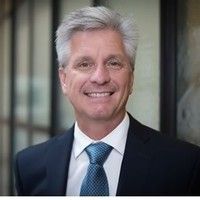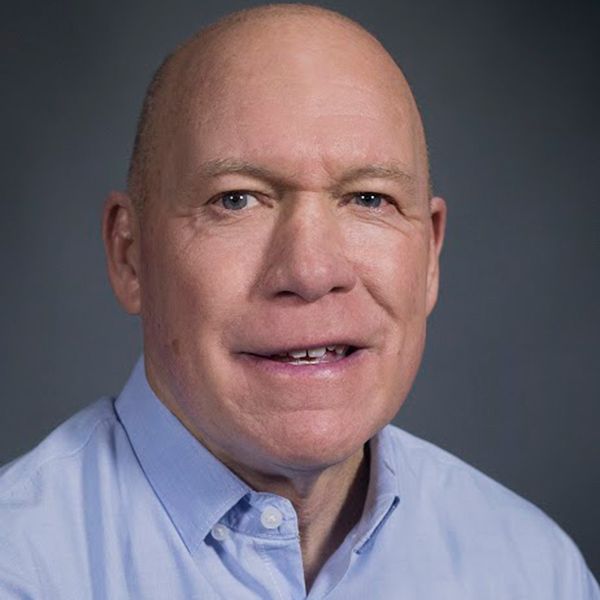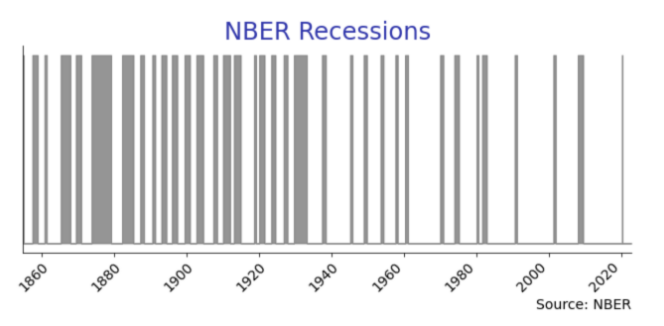

Hundreds of community members, business leaders, and stakeholders gathered at the Granada Theatre this week to hear from leading economists about the state of the economy and a forecast of what’s to come.
Peter Rupert, Ted Egan, and Christopher Waller were the three keynote speakers at the UC Santa Barbara Economic Forecast Project’s annual South Santa Barbara County Economic Summit, speaking on national, regional, and localized economic conditions.
Christopher Waller, Federal Reserve Board of Governors member, was the first to speak with his presentation, “A Fed’s Perspective on the Economy.” He addressed a broader economic view looking at indicators such as the employment rate, inflation, and credit concerns.
He stated that the employment rate is at its lowest since 1969 and noted that the labor market is powering forward but may be cooling with a slight reduction in job vacancies. He also pointed out that the rate of people leaving jobs fell to close to the rate prior to the pandemic, indicating that the great resignation post-COVID may be slowing.

When discussing inflation he focused on core CPI, which excludes energy and food goods, stating that the rate has remained the same over the last year, so no progress has been made to lower inflation. The Fed’s goal is to get the inflation rate down to 2% and because none of the measures to date have made a large impact, he believes we may see them skip or increase rates in the next of two meetings, but it is unlikely they will pause this rate adjustment strategy in the near future.
He also addressed general concern around credit conditions given recent current events, including the closure of Silicon Valley Bank, noting that, with few exceptions, the banking industry remains resilient, with “strong capital and liquidity”. He also commented that the Fed took decisive action to ensure confidence and stability following SVB’s closure, and believes that key data points, including loan to value ratio and the size of loans, will be helpful indications of credit and lending conditions.

Ted Egan, Chief Economist for the City and County of San Francisco, discussed San Francisco’s economy following the pandemic, highlighting worrisome conditions in the near future.
Immediately following the pandemic, through 2021, the city lost 8% of its population. This decrease is seemingly due to remote working. While there is a perception that the technology companies exited the region, he stated that in actuality this sector’s employment rate is consistently increasing and venture capital is at an all-time high.
Other sectors’ employment rate have plummeted, such as a 55% decline in food service employment, providing a strain on the region’s economy.
The challenge the city faces is that tech employees have moved to a remote work environment. Remote workers have had a broad impact on everything from the reduction in food service workers to tax revenue to transit to housing prices. Many businesses that relied on the activity of office workers are seeing a decrease in revenue. In addition, housing prices in the city are sluggish, due to lack of demand. Tourism and business travel, especially as it relates to tech-related conventions, have disappeared, further impacting revenue. Downtown sales tax is down 25%. According to Egan, BART, the mass transit service in the area, is on a “fiscal cliff” and facing major failure with lack of users. As an organization dependent on fare revenue, he stated that the city needs to take steps to continue providing transit.
He closed with a warning that the next 5 to 10 years will be a challenge for San Francisco but in the long term the city will persevere.
UCSB Economic Forecast Project Director Peter Rupert spent most of his analysis explaining the potential for a recession, which he estimated to be 1%, discussing inflation, and covering important data points to consider and how to understand the relevance.
One supportive chart used to explain his position on a potential recession, created by the National Bureau of Economic Research, shows recessions throughout US history that illustrate how, in the recent past, we have experienced fewer recessions that have also been shorter in duration.


He also pointed out the economic variables that he considers when determining recession probability which include employment data, like total hours worked or increased payroll, a low unemployment rate, and employment growth trajectory reengaging post COVID. He suggests reviewing 3-month annualized percent changes because they capture recent trending changes rather than the volatility over 12 months that can soften recent data trends. He felt it was worth noting that Santa Barbara’s unemployment rate is extremely low.
Finally, Rupert reviewed how inflation erodes purchasing power and that nominal earnings are not growing as fast as inflation, not allowing people to buy as much with each dollar.
We are encouraged by Rupert’s assessment of a potential recession and Waller’s standing on a stable and sound banking system. Our team is proud to be a Gold Sponsor of this important and informative event and look forward to more economic analysis from the UCSB Economic Forecast Project.